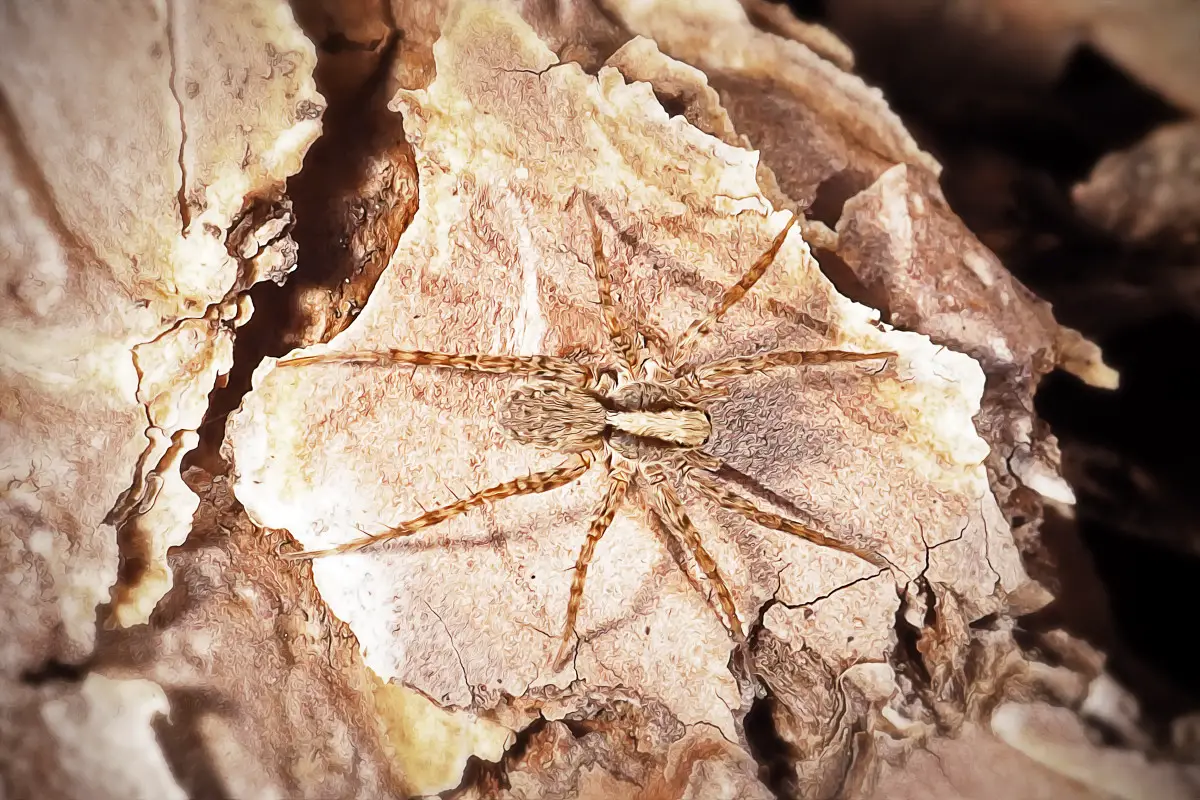The 450-million-year-old fossilized corpse of a new spider species has been discovered preserved by fool’s gold. A research team from the University of Oxford discovered the fossil at Beecher’s Trilobite Bed in New York, a layer of rock which is famously home to many well-preserved fossils.
Scientists determined that the new species is a distant relation to other arachnids such as horseshoe crabs and scorpions, per the BBC. They belong to a group of arthropods called megacheirans, which have a large leg at the front of their bodies used to capture prey.
Scientists say the new species illuminates previously unknown facts about the evolutionary progression of arthropods and how the animals evolved parts on their heads.
The specimen has antennae that resemble crustaceans, as well as pincers and fangs commonly found in spiders and scorpions. The discovery of sharp hairs also suggests to scientists that they used their front legs to explore their environment, rather than ensnare prey.
NEW: @OxUniEarthSci researchers have unveiled a spectacular new 450-million-year-old fossil arthropod (the group that contains spiders, centipedes & insects).
Besides being an extraordinary-looking new scientific species, the specimens are entirely preserved by fool’s gold. pic.twitter.com/QFiHMuiBPo
— University of Oxford (@UniofOxford) October 31, 2024
Due to the low-oxygen environment in which the species lived, the fool’s gold, otherwise known as iron pyrite, was able to fill in the arachnid’s body parts after having been interred. Luke Parry, an associate professor in Oxford’s Department of Earth Sciences, called the fossil “spectacularly preserved.”
“Part of the key to this success is their highly adaptable head and its appendages, that has adapted to various challenges like a biological Swiss army knife,” Parry explained. “As well as having their beautiful and striking golden color, these fossils are spectacularly preserved.”
The new species has been named lomankus edgecombei in honor of arthropod expert Greg Edgecombe, who works at the Natural History Museum in London.


Leave a Comment